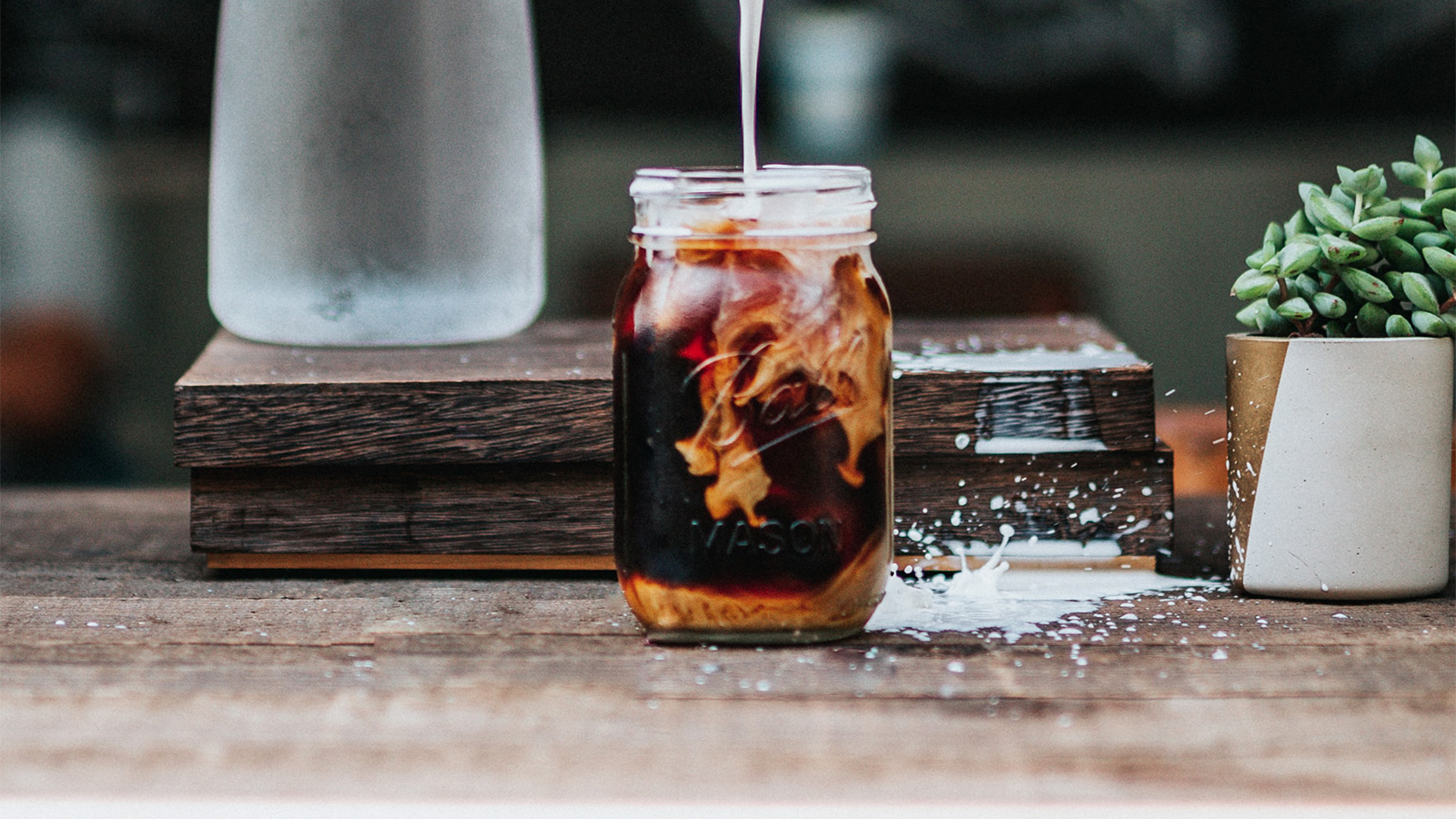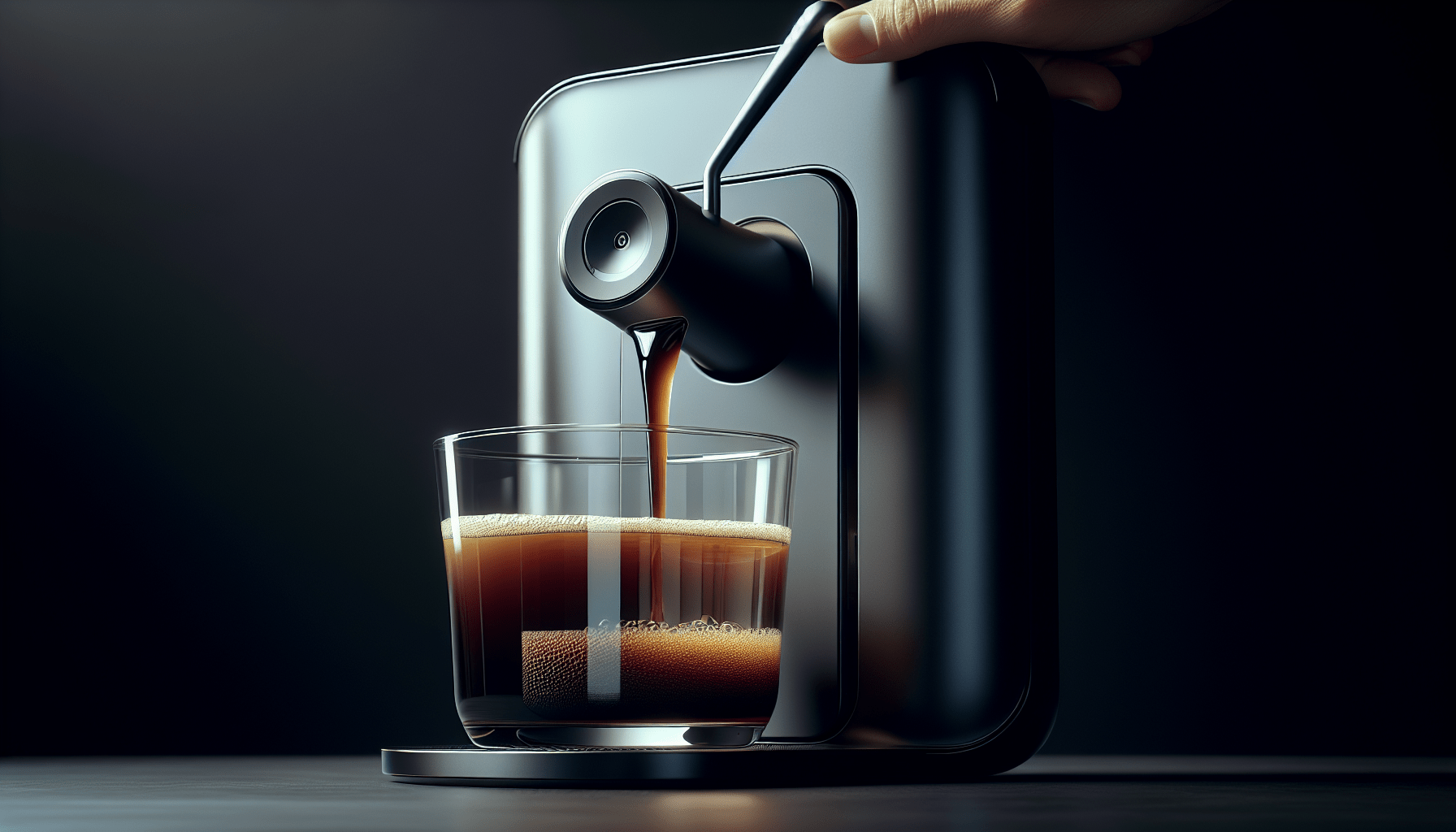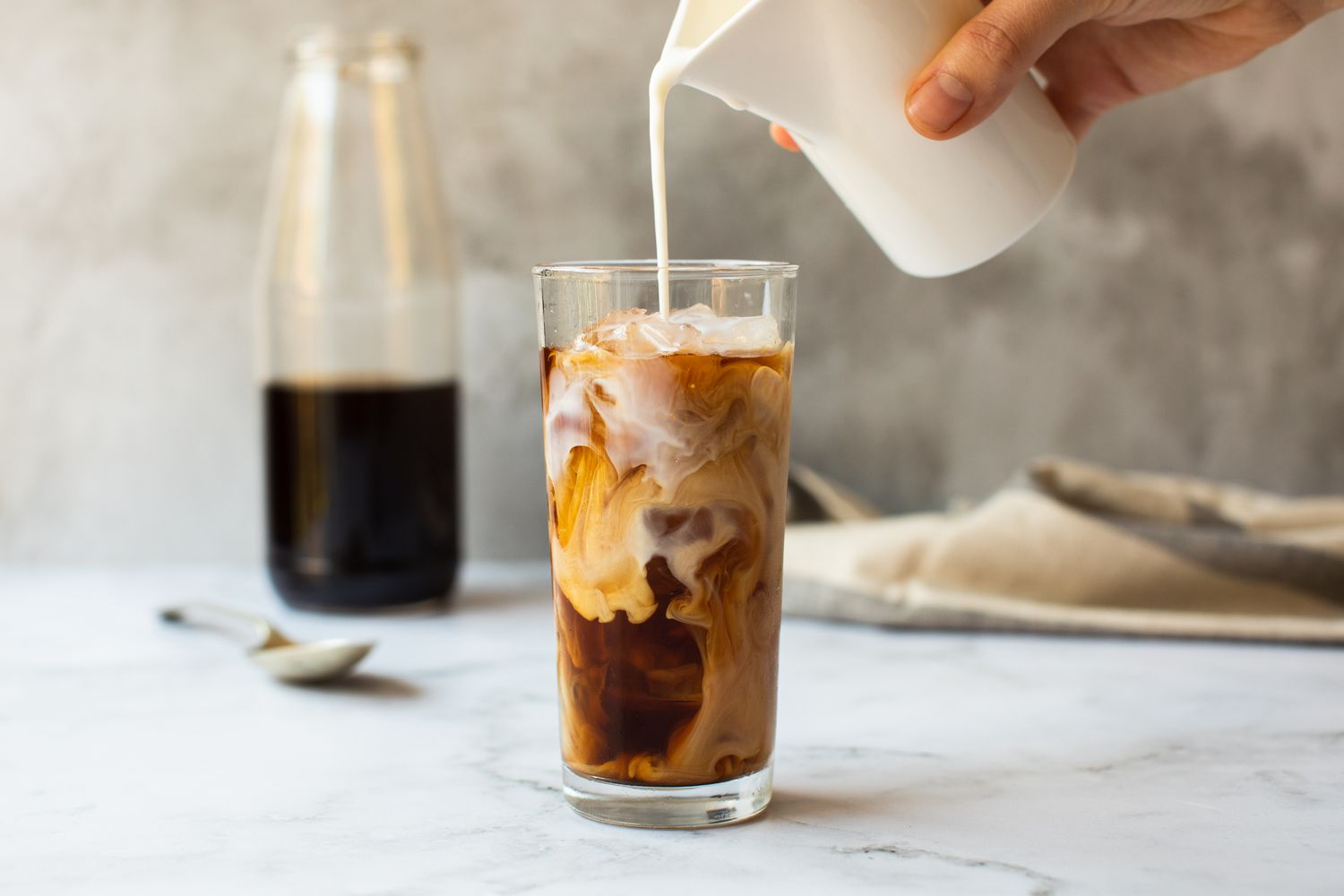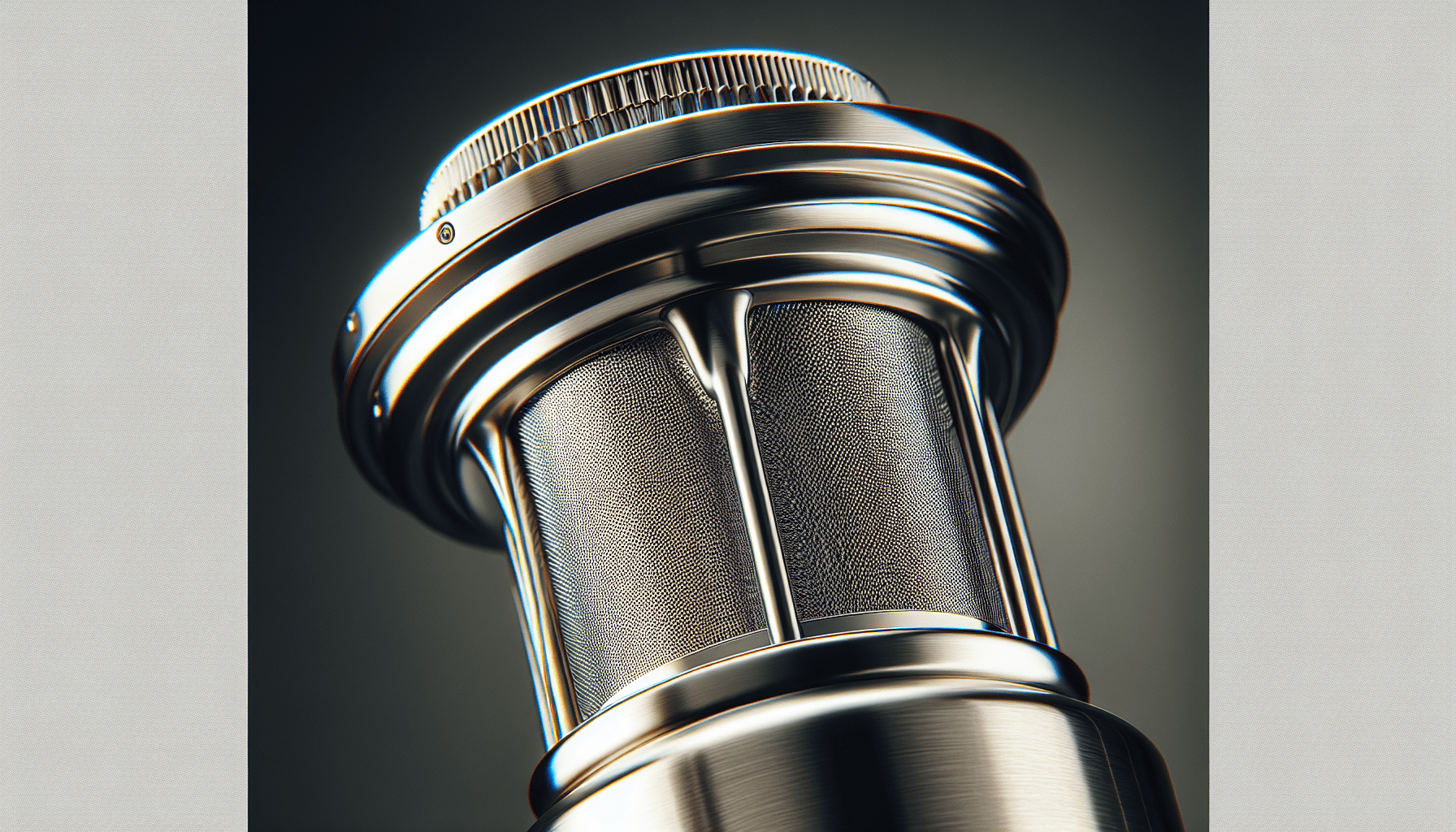So you’ve recently become a fan of the smooth and rich flavors of cold brew coffee, but you’re facing a pesky problem – sediment in your cup. Don’t worry, we’ve got you covered! In this article, we’ll explore some simple tips and tricks on how to prevent sediment in your cold brew made with a cold brew maker. Say goodbye to unwanted grit and hello to a perfectly smooth and refreshing cold brew experience. Let’s get brewing! Making a smooth and sediment-free cold brew can be a delight for coffee lovers. But sometimes, when using a cold brew maker, you may find sediment in your finished beverage. Don’t worry, we’re here to help! In this article, we will guide you through some essential tips and techniques to prevent sediment in your cold brew made with a cold brew maker. So, grab your favorite mug and let’s dive in!
Use Coarse Ground Coffee
The first step in preventing sediment in your cold brew is to use coarse ground coffee. The coffee grind size plays a crucial role in determining the texture and taste of your cold brew. When the coffee grounds are too fine, they can easily slip through the filter and end up in your final brew, leading to unwanted sediment. Therefore, it is essential to choose a larger grind size for your cold brew.
Choose the Right Coffee Grind Size
Selecting the right coffee grind size is crucial for preventing sediment in your cold brew. A coarse grind size ensures that the coffee particles are larger, making it easier for the water to extract the flavors without carrying too much sediment. Experiment with different grind sizes to find the one that suits your taste preferences while minimizing sediment.
Use a Burr Grinder
To achieve the perfect coffee grind for your cold brew, consider investing in a burr grinder. Unlike blade grinders, which can produce uneven grind sizes, burr grinders provide a consistent and uniform grind. This consistency will help in preventing sediment, as all the coffee particles will be of a similar size and less likely to slip through the filter.
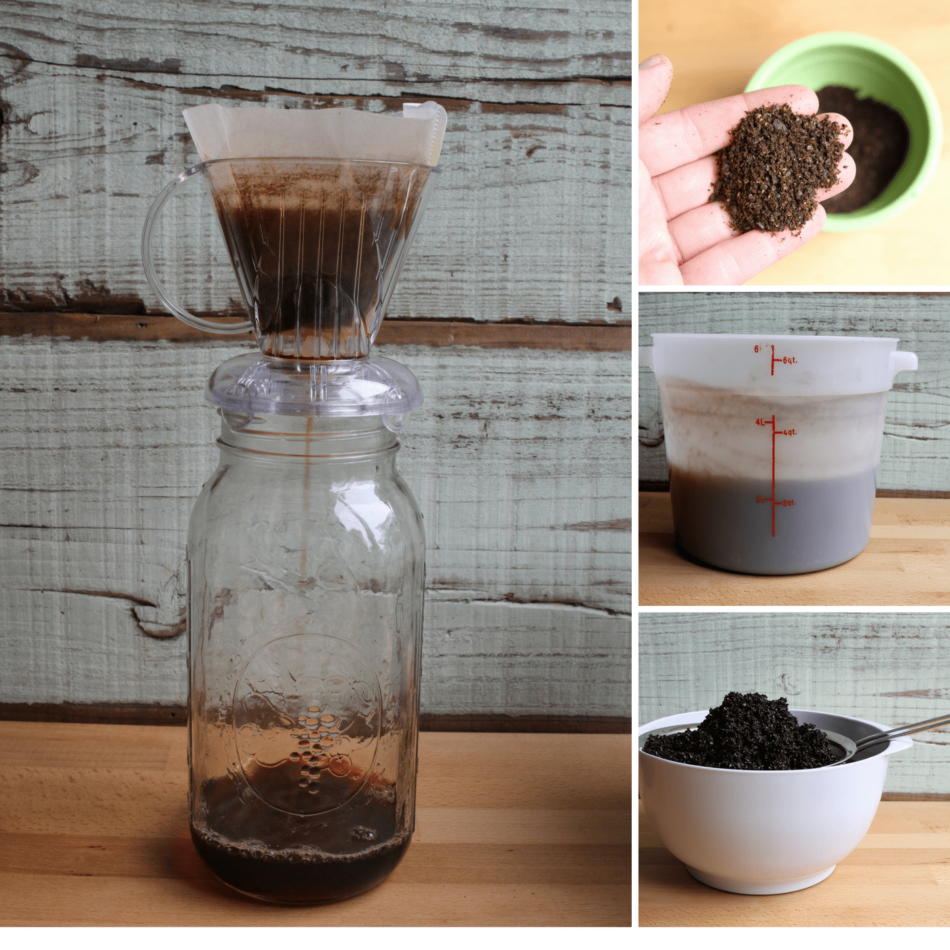
Use a Quality Cold Brew Maker
Choosing the right cold brew maker is another crucial step in preventing sediment in your cold brew. A reliable and well-designed cold brew maker can make a significant difference in the final result. Here are some factors to consider when selecting a cold brew maker.
Select a Reliable Cold Brew Maker
Look for a cold brew maker that is known for its quality and functionality. Read reviews and consider recommendations from fellow coffee enthusiasts. A durable and well-constructed cold brew maker will ensure that the brewing process is smooth and minimize the chances of sediment finding its way into your coffee.
Check for Fine Mesh Filters
When selecting a cold brew maker, pay attention to the type of filter it uses. Opt for a cold brew maker that comes with a fine mesh filter. The fine mesh filter acts as a barrier, preventing unwanted coffee grounds and sediment from passing through while still allowing the flavors to be extracted. Ensure that the filter is tightly woven and doesn’t have any gaps that could lead to sediment passing through.

Pre-Soak the Coffee Grounds
Pre-soaking the coffee grounds before brewing can help reduce the chances of sediment in your cold brew. It allows the grounds to bloom and release their flavors more evenly. Here are two methods you can try for pre-soaking your coffee grounds.
Pre-Soak for Bloom
To pre-soak for bloom, simply pour a small amount of water over the coffee grounds and let them sit for about 30 seconds to a minute. This pre-soaking process allows the coffee grounds to release trapped gases and expand, which can improve the extraction process and minimize sediment.
Pre-Soak for Even Extraction
For an even extraction, pre-soak your coffee grounds for a longer period, around 5 to 10 minutes, before adding the remaining water. This extended pre-soaking helps saturate the grounds thoroughly and ensures a more consistent extraction, resulting in a smoother and less sediment-filled cold brew.
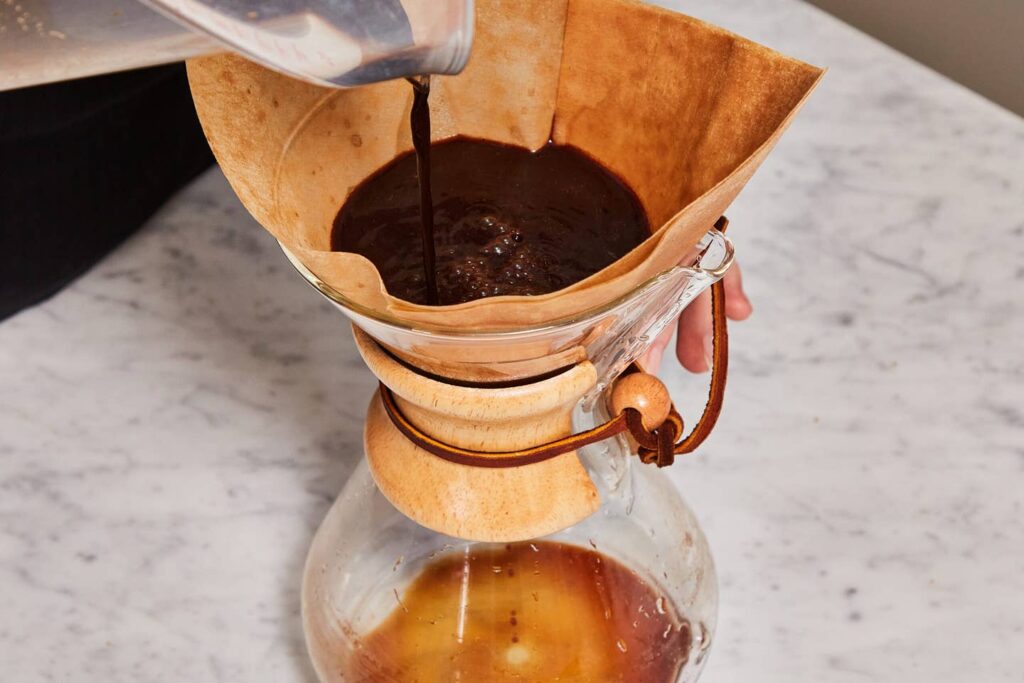
Avoid Agitating the Cold Brew
After you’ve successfully brewed your cold brew, it’s essential to handle it with care to prevent sediment from stirring up and mixing with your finished beverage. Avoid agitating the cold brew in the following ways:
Do Not Stir or Shake
Once you’ve brewed your cold brew, resist the temptation to stir or shake it. Agitating the cold brew can disturb the settled sediment and reintroduce it into your drink. Instead, handle the cold brew gently to prevent any disturbances in the sediment.
Handle Cold Brew with Care.
When handling your cold brew, avoid moving or shaking the container unnecessarily. Even slight movements can lead to the sediment becoming unsettled and mixing with the liquid. Treat your cold brew with care, and you’ll be rewarded with a sediment-free and flavorful cup of coffee.
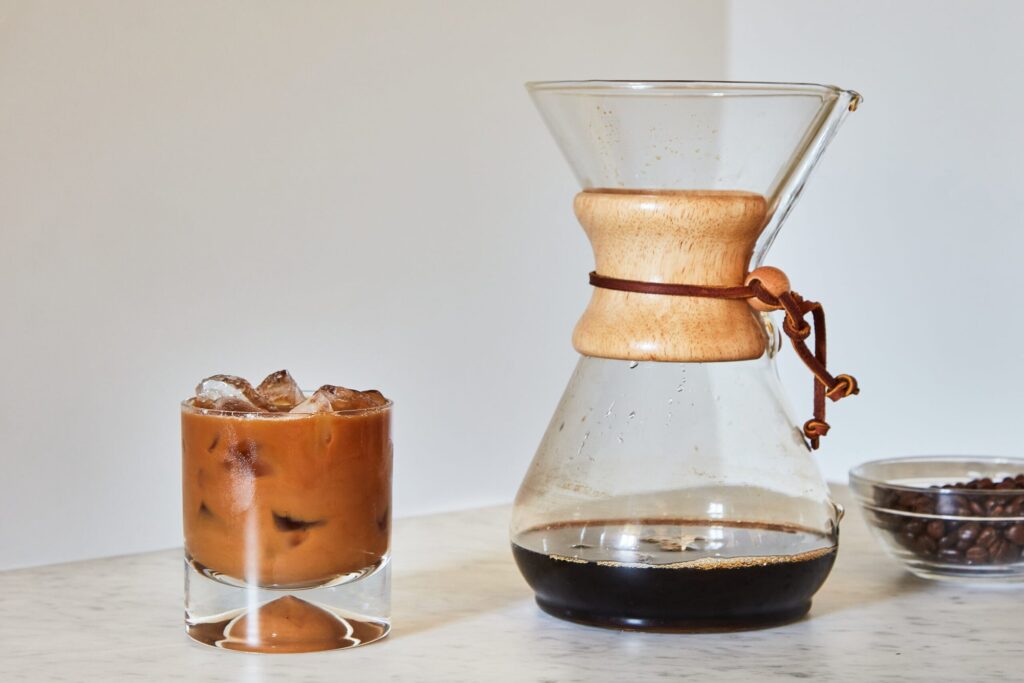
Filter the Cold Brew Properly
Properly filtering your cold brew is vital to remove any remaining sediment and ensure a smooth drinking experience. Here are some methods you can use to filter your cold brew effectively.
Use Multiple Filters
Using multiple filters, such as layered cheesecloth or fine mesh filters, can help catch any remaining sediment and produce a cleaner cold brew. By employing multiple layers, you create additional obstacles for the sediment to pass through, resulting in a smoother final product.
Consider Using a Paper Filter
In addition to multiple filters, you can further enhance the filtration process by using a paper filter. Paper filters are excellent at capturing fine particles, including sediment, and can significantly reduce the presence of unwanted particles in your cold brew. Place a paper filter on top of your regular filter setup for an extra level of filtration.
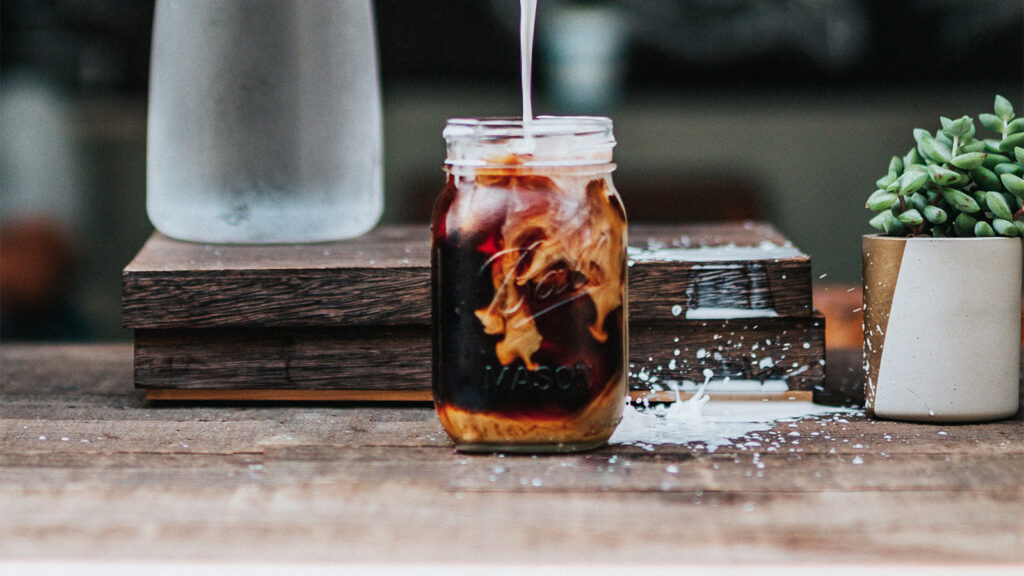
Allow the Sediment to Settle
Even with proper filtering, some sediment may still make its way into your cold brew. Allowing the sediment to settle before pouring your cold brew can help prevent it from ending up in your cup. Follow these steps to ensure sediment-free enjoyment.
Give Enough Time for Sediment to Settle
After filtering your cold brew, let it sit undisturbed in the refrigerator for at least 12 to 24 hours, or longer if needed. During this time, the sediment will naturally settle to the bottom of the container, separating from the liquid. Patience is key here, as giving enough time for sediment to settle will result in a clearer final product.
Pour Slowly and Leave Sediment at the Bottom
When pouring your cold brew, do it slowly and deliberately, leaving any settled sediment behind in the container. Tilt your cold brew maker or container slightly to allow the liquid to flow while keeping the sediment at the bottom undisturbed. Pouring too quickly or without care can agitate the settled sediment and mix it with your drink.
Store Cold Brew in the Refrigerator
To maintain the quality of your cold brew and prevent the formation of additional sediment, proper storage is crucial. Follow these tips for storing your cold brew in the refrigerator.
Use a Sealed Container
When storing your cold brew, make sure to use a sealed container. This will help preserve the flavors and prevent any unwanted flavors or odors from infiltrating your cold brew. Airtight containers, such as glass jars or beverage bottles with secure lids, work best for storing cold brew.
Avoid Disturbing the Sediment
When retrieving your cold brew from the refrigerator, handle the container gently to minimize any disturbances to the settled sediment. Avoid shaking or moving the container unnecessarily as this can reintroduce the sediment into your liquid. Take care when pouring and enjoy your sediment-free cold brew.
Clean and Maintain Your Cold Brew Maker
Properly cleaning and maintaining your cold brew maker is essential to ensure the longevity of your equipment and the quality of your cold brew. Follow these tips to keep your cold brew maker in excellent condition.
Regularly Clean the Cold Brew Maker
After each use, clean your cold brew maker to remove any residue or sediment. Disassemble the parts, such as the filter and container, and wash them thoroughly with warm water and a mild detergent. Rinse them well to ensure no soap residue remains. Regular cleaning will prevent the build-up of old coffee oils and sediment, which can affect the taste and quality of your cold brew.
Replace or Clean Filters
Filters can become clogged over time with coffee oils and sediment, leading to a compromised filtration process. Check and replace your filters regularly to ensure optimal performance. If your cold brew maker has reusable filters, clean them thoroughly after every use to maintain their effectiveness in preventing sediment.
Try Different Coffee Beans
The type of coffee beans you use can have an impact on the amount of sediment present in your cold brew. Here are some steps you can take to minimize sediment with the choice of coffee beans.
Experiment with Coffee Beans
Different coffee beans produce varying amounts of sediment. Experiment with different brands, roast levels, and origins to find coffee beans with low sediment content. Single-origin beans or medium roast coffees are often good options to start with, as they tend to have a smoother and cleaner extraction, resulting in less sediment in your cold brew.
Choose Beans with Low Sediment Content
Some coffee brands also offer beans specifically marketed as having low sediment content. These beans are usually processed in a way that minimizes the presence of sediment-producing compounds. Look for these options when shopping for coffee beans if sediment is a recurring issue in your cold brew.
Fine-Tune Your Cold Brew Recipe
Perfecting your cold brew recipe takes time and experimentation. By adjusting certain variables, you can customize your cold brew to your liking while minimizing sediment. Here are a couple of factors to consider.
Adjust Brew Time and Water Ratio
The brew time and water ratio greatly influence the extraction process and the likelihood of sediment in your cold brew. Experiment with different brew times and water-to-coffee ratios to find the combination that yields the best flavor while reducing sediment. As a general guideline, longer brew times and higher coffee-to-water ratios often result in a stronger extraction and potentially less sediment.
Optimize Brewing Temperature
The brewing temperature can also affect the amount of sediment in your cold brew. While cold brew is traditionally made with cold or room temperature water, adjusting the brewing temperature slightly can influence the extraction process. Try brewing your cold brew at a slightly higher temperature, such as 40-50°C (104-122°F), to speed up the extraction and minimize sediment. Remember to experiment and find the temperature that works best for your taste preferences.
In conclusion, preventing sediment in your cold brew made with a cold brew maker is possible with the right techniques and tools. Remember to use coarse ground coffee, choose a quality cold brew maker with fine mesh filters, pre-soak your coffee grounds, avoid agitating the cold brew, properly filter the cold brew, allow sediment to settle, store your cold brew properly, clean and maintain your cold brew maker, try different coffee beans with low sediment content, and fine-tune your cold brew recipe. By following these tips, you’ll be able to enjoy a smooth, flavorful, and sediment-free cold brew every time. Cheers to a delightful coffee experience!

